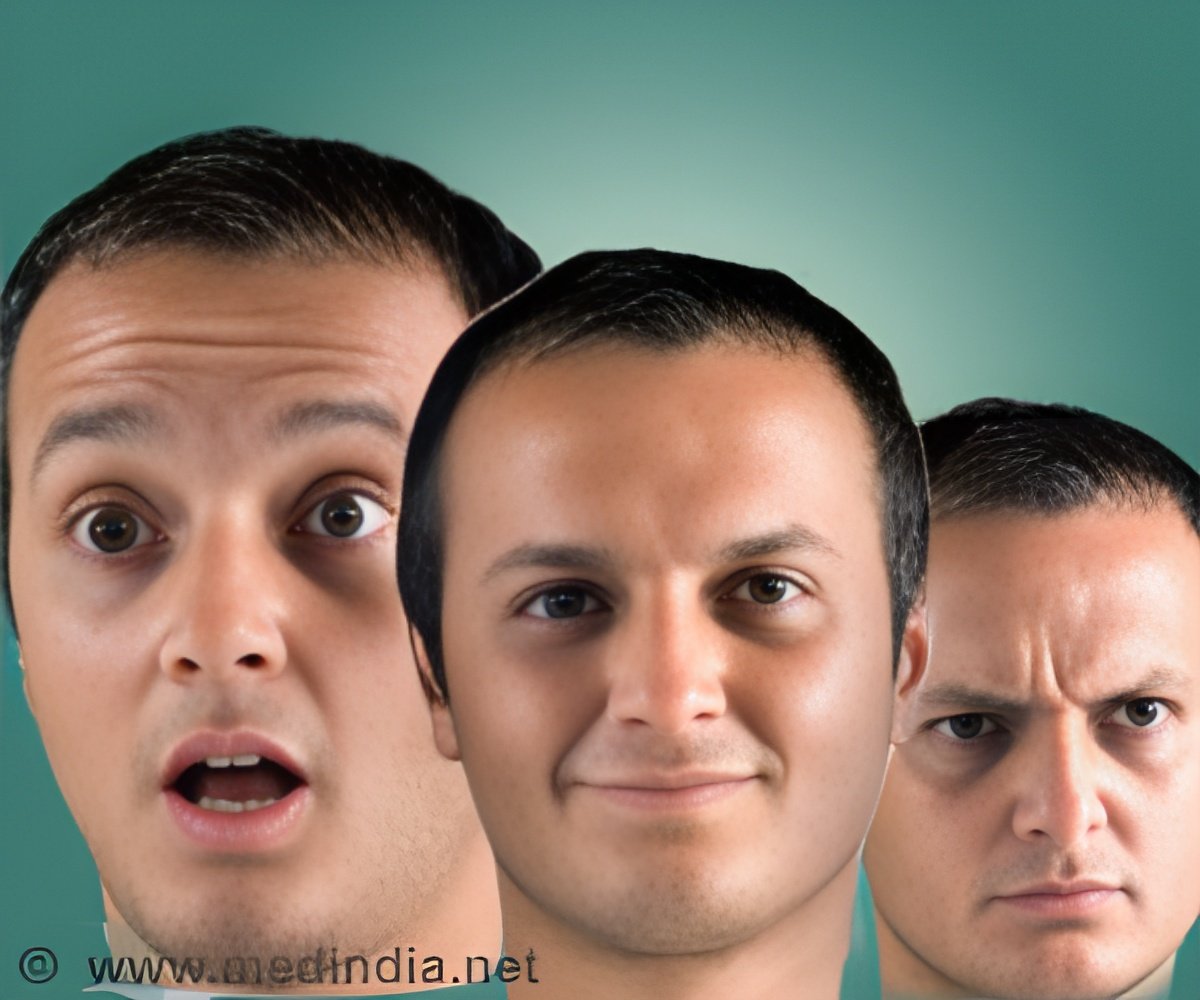
Identifying emotions based on neural activity builds on previous discoveries by CMU's Marcel Just and Tom M. Mitchell, which used similar techniques to create a computational model that identifies individuals' thoughts of concrete objects, often dubbed "mind reading."
"This research introduces a new method with potential to identify emotions without relying on people's ability to self-report," said Karim Kassam, assistant professor of social and decision sciences and lead author of the study. "It could be used to assess an individual's emotional response to almost any kind of stimulus, for example, a flag, a brand name or a political candidate."
One challenge for the research team was find a way to repeatedly and reliably evoke different emotional states from the participants. Traditional approaches, such as showing subjects emotion-inducing film clips, would likely have been unsuccessful because the impact of film clips diminishes with repeated display. The researchers solved the problem by recruiting actors from CMU's School of Drama.
"Our big breakthrough was my colleague Karim Kassam's idea of testing actors, who are experienced at cycling through emotional states. We were fortunate, in that respect, that CMU has a superb drama school," said George Loewenstein, the Herbert A. Simon University Professor of Economics and Psychology.For the study, 10 actors were scanned at CMU's Scientific Imaging & Brain Research Center while viewing the words of nine emotions: anger, disgust, envy, fear, happiness, lust, pride, sadness and shame. While inside the fMRI scanner, the actors were instructed to enter each of these emotional states multiple times, in random order.
Another challenge was to ensure that the technique was measuring emotions per se, and not the act of trying to induce an emotion in oneself. To meet this challenge, a second phase of the study presented participants with pictures of neutral and disgusting photos that they had not seen before. The computer model, constructed from using statistical information to analyze the fMRI activation patterns gathered for 18 emotional words, had learned the emotion patterns from self-induced emotions. It was able to correctly identify the emotional content of photos being viewed using the brain activity of the viewers.
Advertisement













